An Essential Guide to Teaching Phonics in Early Years
How to Teach Early Years Phonics
Written for us by an Early Years leader, this post outlines a suggested phonics session. The activities and routine will be appropriate for all mainstream settings and with a little imagination any SEN setting. The phonics session mirrors what I taught to my class. Keeping the same routine really helped my autistic learners and is the key takeaway from this post. I have outlined some of the research in the area of Autism and phonics in the section below. There are several Phonics schemes available I used Read Write Inc and some of the resources I used are available on the resources page. The author of this post uses Letters and Sounds.
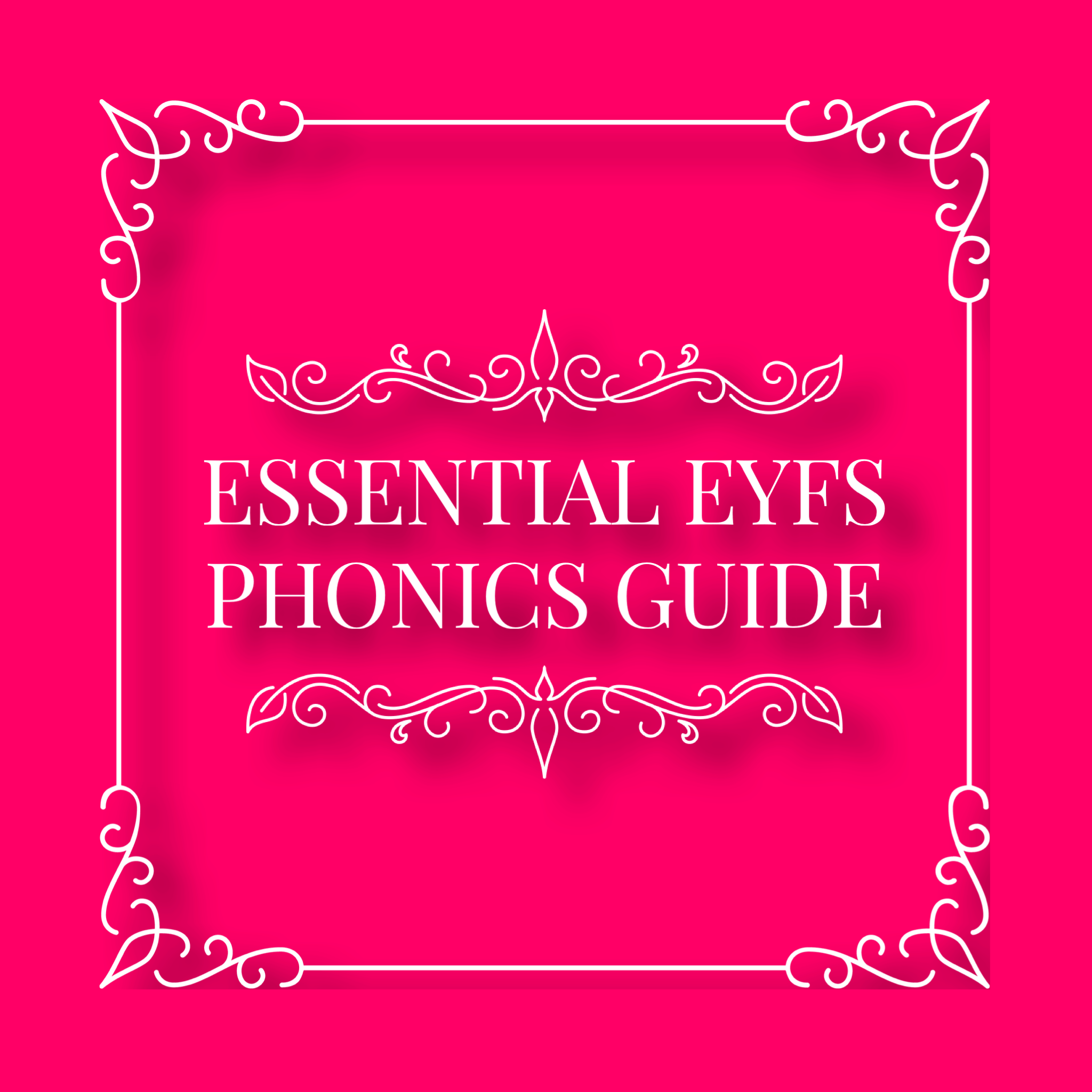
Teaching Phonics to all Learners
One of the best things for a teacher about a phonics session is that as it is taught so widely there are many resources available for free. This enables teachers to easily and quickly find or adapt resources for a wide range of learning needs.
An Example Phonics Lesson Routine for Early Years
1. Recap existing sounds.
2. “Quick Write” of existing sounds.
3. Introduce a new sound of the day.
4. Picture to match sound i.e ow – cow (from Twinkl)
5. Introduce a new tricky word.
6. Three words with the sound you are learning, Your turn my turn to allow children to hear sounds in the words.
7. Segment by phonetically sound out key word c, ow.
8. Children blend the word back together.
9. Children stand up and stomp out the sounds in a word.
10. Children are taught to use their fingers to represent graphemes, phonemes to support their writing.
11. Teacher models write out “sound buttons” and talk about digraphs and trigraphs.
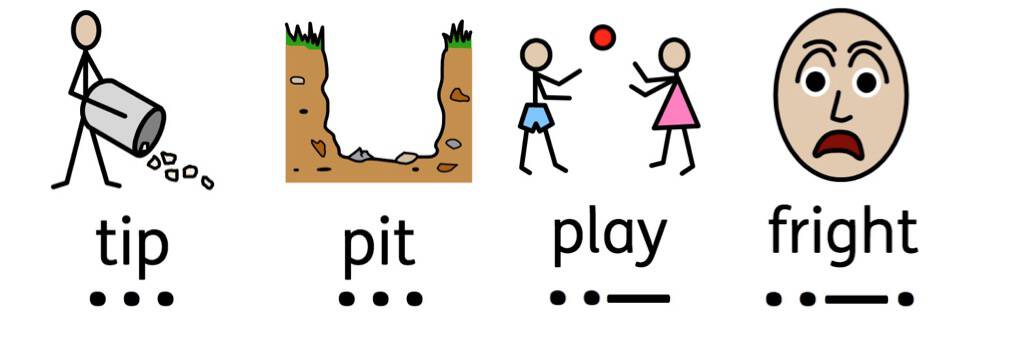
12. Children write words and add sound buttons.
13. The teacher writes and the children read a sentence with a mixture of tricky words and words of the day.
14. Children are given a sheet of words to add sound buttons (Independent activity based on sounds from that day to finish off/assess)
Suggested Phonics Activities.
These are just a few examples of phonics-linked activities small groups, individuals or indeed whole classes can do. Busybusylearning has a series with creative phonics ideas that is worth reading.
- Stomp out the sounds
- Play hide the cards
- Letters and sounds website games
- Phonics bingo
- Playing Phonics hangman
- Phonics Dominoes
More Activities and Ideas on our Pinterest Phonics Board
Adapting Phonics Teaching for SEN
Teaching literacy to some Autistic children depends on the ability of the child to shift from sight reading—in which words, like pictures, are recognised by their unique configurations—to an understanding that words are composed of letters representing sounds that, when blended in sequence, create a familiar spoken word (Miller & Hilliard, 2010). This shift from picture/words to phonics can be difficult for some children. While they may know the alphabet, they may not understand that it is the blending of sounds represented by letter sequences that allow them to pronounce words accurately and thus derive meaning from the otherwise unfamiliar printed form.
How to Teach Phonics
To teach phonics, you must first teach letter-sound relationships by creating a link between the mouth movements needed to make particular sounds with the written letters (Mastrangelo 2016). Autistic children need to link the lesson with the sensory-cognitive functions of reading and comprehension. This includes phonemic awareness, the ability to create mental imagery for sounds and letters within words, and the ability to create mental representations for the whole, such as dynamic imagery of actions etc (Lindamood 1997). Which is why there are specific actions and activities used in the lesson routine above.
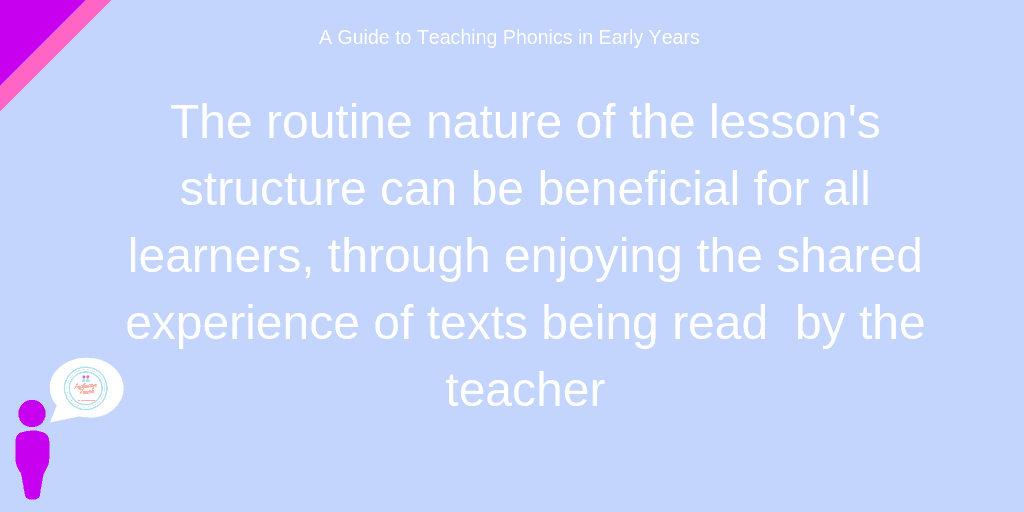
The routine nature of this lesson’s structure can be beneficial for all learners because some can enjoy the shared experience of texts being read and written by the teacher at a level above that which they can manage independently. Other learners will be able to engage with the repetitious aspect. This can provide less confident children with positive and enjoyable experiences of reading and writing as part of the class community. Skilful questioning by the teacher can direct children’s attention to aspects of the text appropriate to their particular level, learning needs and interests. It has been shown in a number of studies that there are positive outcomes for teaching letter-sound correspondences to autistic students (O’Brien et al 2017)
Teaching Phonics: An abstract Concept?
It has been found that letters and their sounds can initially be too abstract, Often Autistic children do not perceive letters as the building blocks of words. Often students know the sounds of letters in isolation, but they are not necessarily able to combine them in a fluent manner. Many teachers have reported that their children are able to learn phonetic sounds. However, they are unable to apply them to the fluent decoding of words (Broun 2004). It has been suggested that sounds be taught once about 25 words have been learnt by sight. A meta-analysis of phonics instruction to children with additional needs found that teaching phonics to children with SEN does have a positive impact on their ability to read (Sermier Dessemont et al 2019).
Word or sentence level work in the example above often involves a multi-sensory approach to the teaching of phonics for reading and spelling to the class. The children see and hear how words are made up, blended and segmented. Again the repetition and routine of the lesson structure support those who require consolidation and reinforcement. Many of these activities can be done individually or at a small group level. An inclusive teacher will pay heed to the sensory sensitivities of the learners in their class for example no clapping if the noise is aversive to any child for example. Classroom design and ensuring it is calm and quiet is really important. when teaching phonics
Key points to ensure your phonics lessons are inclusive
- Ensure all the children can see your face clearly, visual stimuli are essential.
- Give letters a meaningful context i.e M is for Mummy to reduce the abstract nature of letter sounds.
- Make sure your back is not to the window, and avoid background noise such as heaters, projectors and buzzing lights.
- Ensure the text is clear to all children – simple adaptations like increasing text size can help all children.
- Minimise distractions – i.e closing door or blinds.
- Write up new vocabulary as you introduce it (words like ‘phoneme’) and keep on a chart clearly visible to those who may rely on it.
- Give the child time processing time.
- Make sure everyone is clear about the routine, and use a visual schedule as you work through the activities.
- Actively involve all children (SEN or otherwise) i.e finding a word card or letter around the room
- Try and use visual/touch stimuli – games, songs, trays of objects, plastic letters, magnetic letters, word wheels, and chopped-up cards to piece together.

References: Academic Reading Linked to Phonics and SEN
Sonia Mastrangelo (2016) Focus on Inclusive Education: Literacy Instruction for a Child With Echolalia on the Autism Spectrum, Childhood Education, 92:6, 500-504, DOI:10.1080/00094056.2016.1251801
Sermier Dessemontet, Rachel & Martinet, Catherine & de Chambrier, Anne-Françoise & Martini-Willemin, Britt-Marie & Audrin, Catherine. (2019). A meta-analysis on the effectiveness of phonics instruction for teaching decoding skills to students with intellectual disability. Educational Research Review. 26. 10.1016/j.edurev.2019.01.001. Available to read here
O’Brien, M., Mc Tiernan, A., & Holloway, J. (2017). Teaching Phonics to Preschool Children with Autism Using Frequency-Building and Computer-Assisted Instruction. Journal of Developmental and Physical Disabilities, 30(2), 215–237.< doi:10.1007/s10882-017-9581-x
Broun, L. T. (2004). Teaching Students with Autistic Spectrum Disorders to Read. TEACHING Exceptional Children, 36(4), 36–40. doi:10.1177/004005990403600405
Ann Berger and Jean Gross, Teaching the literacy hour in an inclusive classroom – Supporting Pupils with learning difficulties in a Mainstream Environment
Lindamood, P., Bell, N., & Lindamood, P. (1997). Sensory-cognitive factors in the controversy over reading instruction. The Journal of Developmental and Learning Disorders, 1, 143-182.
Miller, A., & Hilliard, C. (2010). A unique approach to the development of reading skills. Autism Spectrum Quarterly, 8-10.
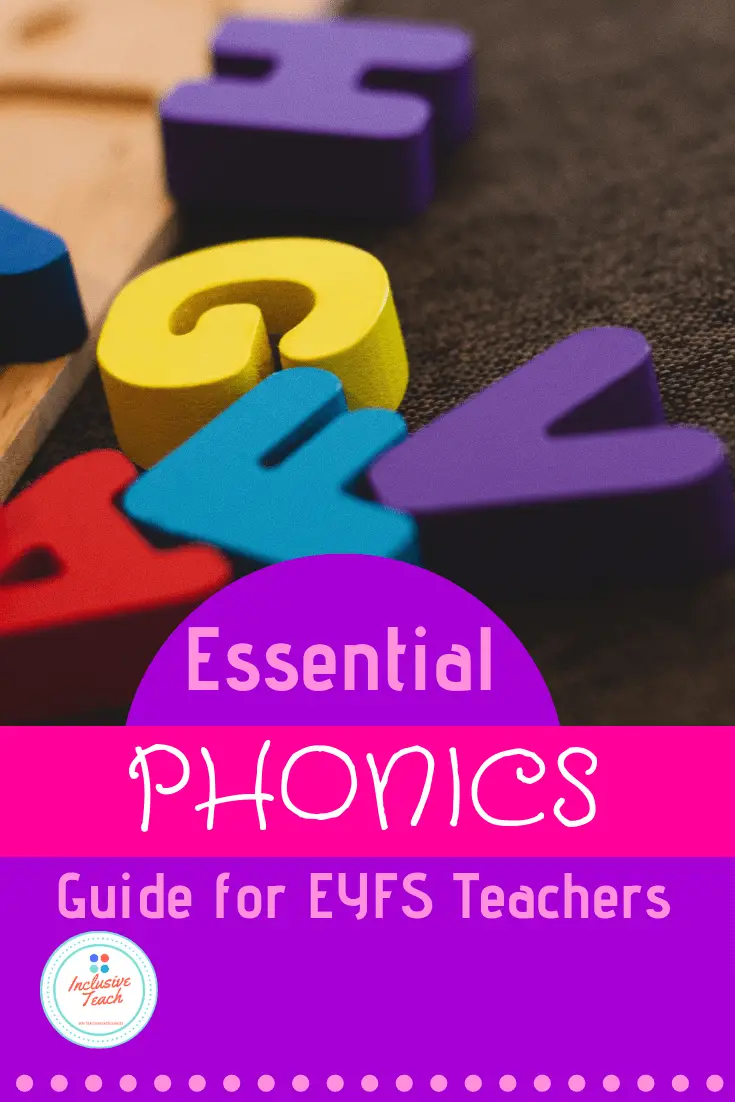

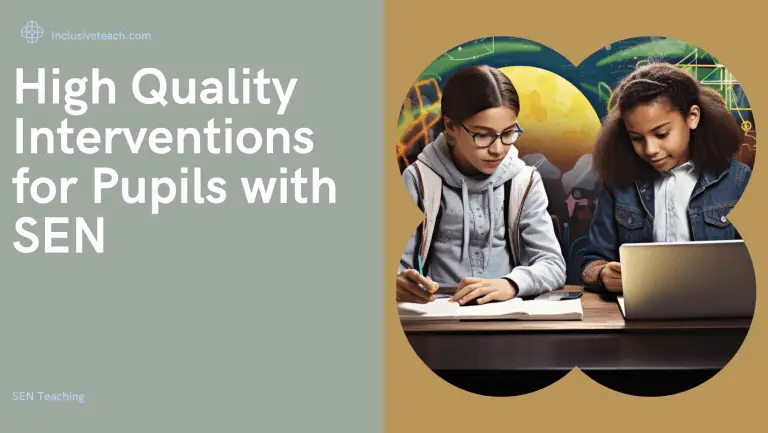
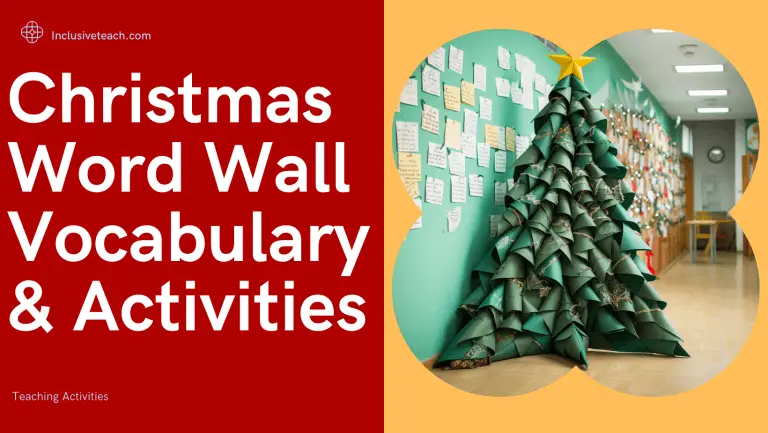
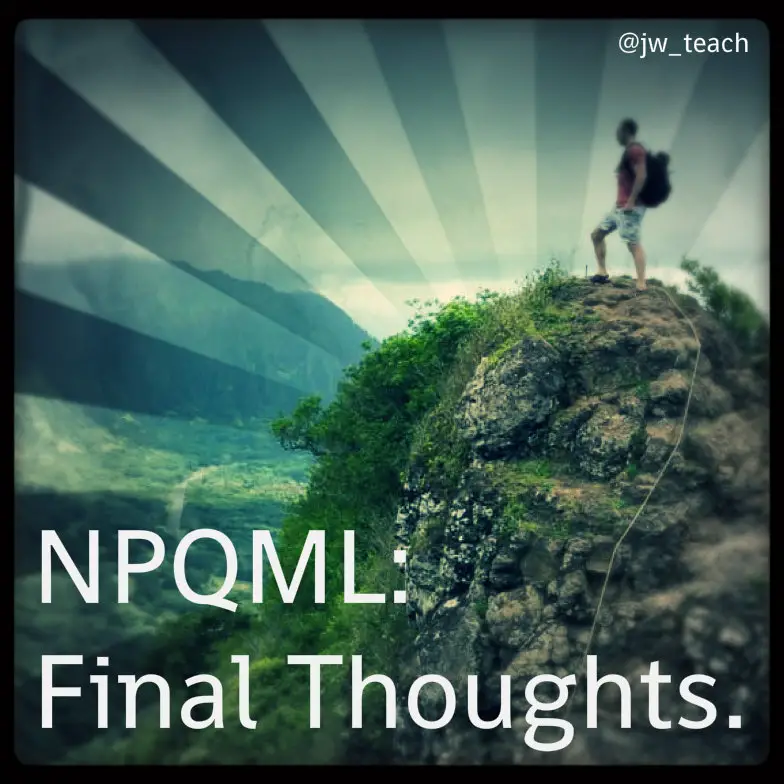
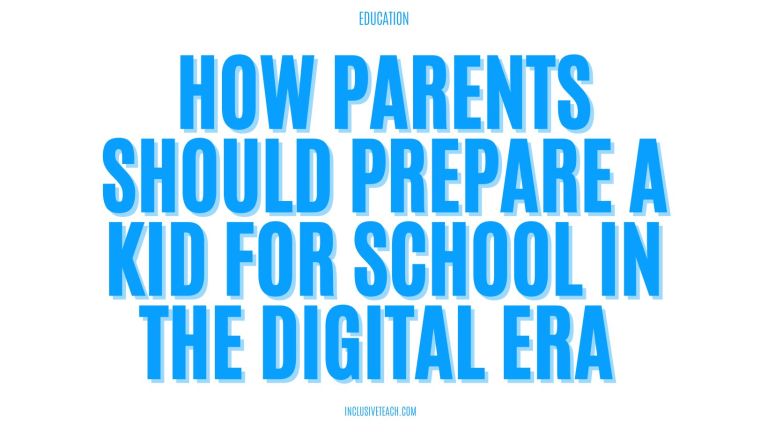
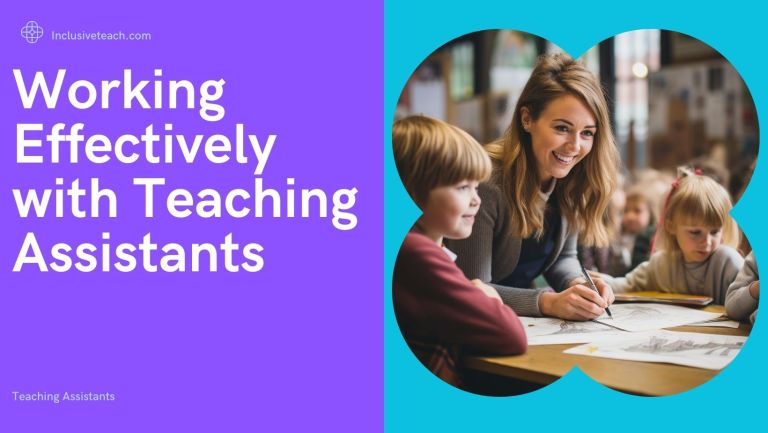
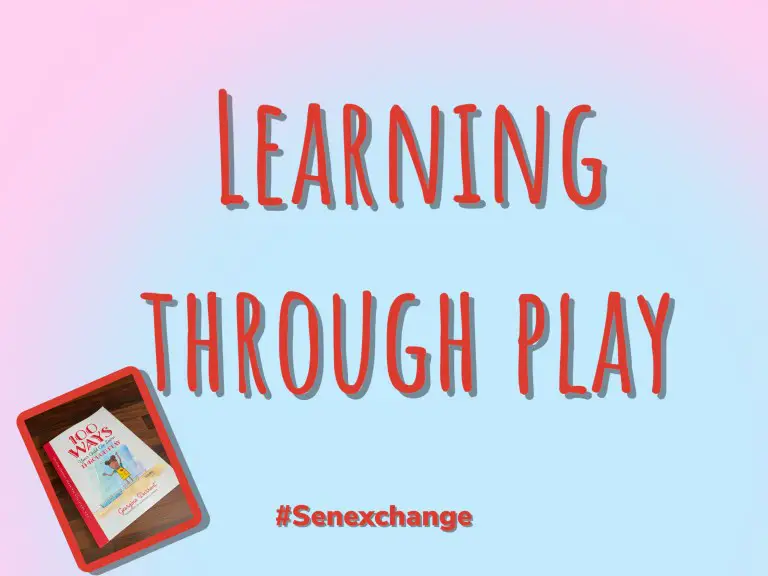
Good ideas here, can never have enough activities in your teacher toolkit! I am a teacher, albeit on a year off!, and will be using this when i return to the classroom. If youre interested i have a few games on my website ( free to download!! as well as some apps) although not going to change the world they work prettty well.
Also if you havent tried, there is an app called teacher your monster to read that is exceptional, (it is not mine i wish it was though)
Thank you I will check it out. 😀
thank you! new at this so all advcie is great!
Glad you found it useful thank you for taking the time to comment.